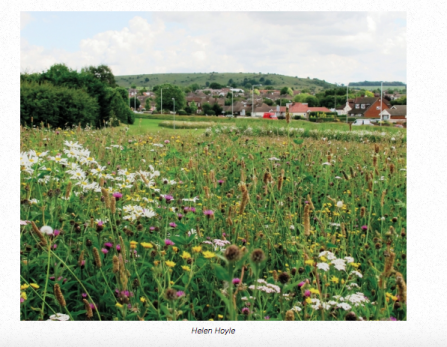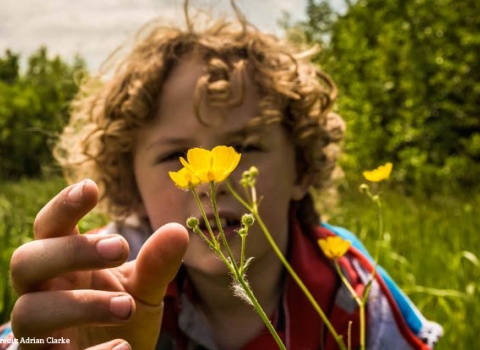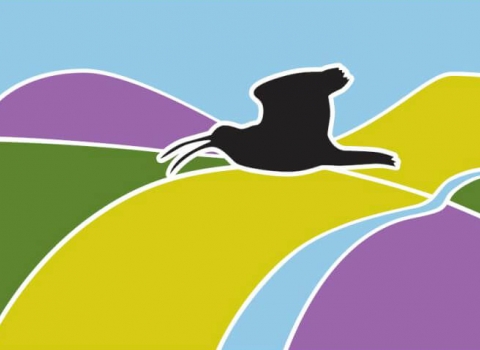Wildlife needs space. To date, wildlife conservation has been focused on protecting small pockets of land for wildlife, such as nature reserves. While nature reserves are important refuges for wildlife, it is becoming increasingly clear that these isolated areas of habitat surrounded by relatively hostile urban, agricultural and industrial landscapes, are not enough. Some of our most endangered wildlife requires greater support and opportunity to survive the many pressures of human activity.
Evidence shows that we are continuing to lose wildlife and the places where wildlife lives at an alarming rate. The nature reserves we manage are not sufficient to ensure that our wildlife survives and flourishes into the future.
Our vision is nature conservation on a larger landscape scale - the creation of a Living Landscape to ensure protection of wildlife and wild places across the county. We work to create corridors for wildlife; joined-up spaces for wildlife to move freely to ensure it can thrive and has space to grow. We work to put nature into recovery.

We need to create a Nature Recovery Network.
We want nature friendly farming, towns and cities brimming with wild spaces, our rivers clean and pure, trees across our county to create ancient woodlands for the future, buildings with green roofs and walls and our landscape insect friendly but in order for this to happen, we need nature to recover. It has been put under too much pressure by human activity.
Currently, our nature reserves have become small oases of wildlife-rich land in an often disjointed landscape for many species, and the introduction of a Nature Recovery Network aims to connect up these spaces to create a vibrant living landscape where wildlife and wild places can thrive. Our current wider landscape is a shadow of its former self. Fences line people's gardens, wild open spaces have been blocked with building developments and waterways polluted. Our Living Landscape approach formed via a strong Nature Recovery Network is us working to achieve a resilient and healthy environment rich in wildlife with ecological security for people.
We are running numerous projects involving landowners, farmers, councils, businesses, individuals and communities working together to make more space for nature, wildlife corridors where more people can access wild spaces and wildlife. We are joining the dots – restoring, recreating and reconnecting isolated habitats. Together we are building a growing Nature Recovery Network and with it will come a healthy Living Landscape and a wilder Staffordshire.
Our projects
You can read up on the projects we are working on beyond our nature reserves to create a joined up wilder Staffordshire below:

Credit: Adele Clarke
Stoke-on-Trent and urban Newcastle
Over the last decade, initiatives such as Stoke-on-Trent City Council's Greening for Growth programme worked to link and improve the green areas of Stoke-on-Trent and Newcastle-Under-Lyme. Since these initiatives have come to an end, the local councils, together with the Forestry Commission, Natural England and the Environment Agency and later charities including Staffordshire Wildlife Trust, the Canal and River Trust and Woodland Trust have worked to keep the momentum going under the title of the Natural Assets group.

South West Peak
The South West Peak Landscape Partnership is a group of organisations including Staffordshire Wildlife Trust, working to restore, protect, and improve the landscape of the South West Peak. With the Peak District National Park Authority as lead partner and with the support of the Heritage Lottery Fund this 5-year scheme (with benefits reaching far beyond that time) has worked with local communities, building stronger connections with the landscape and with each other. The Partnership has enhanced ecosystem services, the benefits we all get from the natural environment and support sustainable farming in the area.

Our Rivers
A broad range of wetland habitats can be found in Staffordshire including rivers, streams, canals, lakes, reservoirs, meres, mosses, inland saltmarsh, wet woodlands, fens, marshes, swaps, bogs and reedbeds. Find out more about our projects that conserve and shape Staffordshire rivers and its inhabitants
